
|
| Cross Coupé plug-in hybrid concept. Click to enlarge. |
At the Tokyo Motor Show, Volkswagen is showcasing its concept of an SUV of the future: the Cross Coupé all-wheel-drive (AWD) plug-in hybrid vehicle (PHEV) shows how Volkswagen designers could envisage a crossover between a four-door coupé and a compact SUV.
The Cross Coupé concept is based on Volkswagen’s new modular transverse matrix (MQB, modularen Querbaukasten) platform—the first such model to be publicly shown. (In 2010, Volkswagen said that the MQB would be available in 2012, the technical foundation for more than 30 models in the group A0, A and B segments.) The four-seat SUV is powered by two electric motors, one front and one rear, and a direct injection turbo gasoline engine (TSI); the all-electric range is up to 45 kilometers (28 miles).
Under the hood is a 110 kW (148 hp) TSI gasoline engine delivering maximum torque of 210 N·m (155 lb-ft) and an electric motor with an output of 40 kW and 180 N·m (133 lb-ft) of torque. Together or individually these two power the front axle. If the Cross Coupé is to be used in all-wheel drive or pure electric power mode, the rear motor cuts in. This has been integrated as a co-axial drive unit into the rear axle layout and drives the rear wheels. This second electric motor generates up to 85 kW and develops torque of 270 N·m (199 lb-ft). The overall output of the system (gasoline engine + battery) is a maximum of 195 kW (261 hp).
In this all-wheel drive system with “electric drive shaft”, power is supplied to the rear electric motor by the one at the front, which during this phase acts as a generator powered by the TSI engine. In the Cross Coupé the flow of electrical energy thus replaces the conventional transfer of power by means of a drive shaft.
The center tunnel, usually the place for the drive shaft, houses the 8-module, 9.8 kWh lithium-ion battery (tunnel battery) on the Cross Coupé. The low position of the battery and the general layout of the drive systems give the vehicle a very low center of gravity and facilitates a balanced spread of axle loading. Although equipped with the all-round qualities of an SUV, the concept car therefore demonstrates the dynamic handling of a coupé, Volkswagen says.
An electronic power control module, operating at around 370 volts and integrated into the engine compartment, manages the flow of high-voltage energy from and to the battery and to the electric motors. Meanwhile, the Cross Coupé’s low voltage electrical system is supplied with the necessary 12 volts through a DC/DC converter. The electric drive system causes no space restrictions in the vehicle’s interior. The battery gets charged either via external electricity sources (230-volt connection) or—in motion—via the TSI engine and battery regeneration (both front and rear axles).
Both electric motors boost the gasoline engine (TSI) during acceleration; they can also power the concept car on its own for a distance of up to 45 kilometers, depending on conditions. Here, by opening the clutch, the TSI gets disconnected from the drive-train and switched off. The clutch on the gearbox side, however, remains closed and the seven-speed DSG thus remains connected.
Whenever the Cross Coupé’s brakes are applied, both electric motors act as a generator, utilizing the braking energy to charge the battery (battery regeneration). The driver can (via another button next to the gear lever) also consciously charge the battery from the TSI engine—for instance, in order to have sufficient electric power to drive later in a regulated zone preserved exclusively for zero-emission electric vehicles. At all times, the current electric range and the Cross Coupé’s overall range are displayed on the instrument panel. The engine controller regulates all energy flow and drive management tasks taking into account the minute-by-minute demands for power made by the driver.
Based on the amount of drive (for instance, loss of traction on the front axle) or through the driver consciously switching to all-wheel or electric mode, the second electric motor integrated with the rear axle engages it in an instant. In general there are three driving modes available to the driver: City (eco-mode with minimal fuel consumption), Sport (dynamic driving) and Offroad (permanent all-wheel drive).
Cross Coupé drivers can themselves also choose to drive relatively long distances on pure electric power (as long as the battery has enough charge). To do so the driver presses the relevant driving mode button on the center console next to the gear lever. As soon as the TSI needs to be brought back into play due to the battery’s level of charge or any other parameters, the engine starts up and engages with the drive train.
In the New European Driving Cycle (NEDC) the TSI engine’s fuel consumption is 2.7 liters per 100 km (87.1 mpg US), equating to CO2 emissions of 62 g/km. With a fuel tank capacity of 55 litres, the theoretical range in hybrid mode is 815 kilometers (506 miles). Adding in the electric range, the Cross Coupé can do 855 km (531 miles) without stopping for fuel.
The Cross Coupé accelerates from 0 to 100 km/h in 7 seconds and has a top speed of 201 km/h (125 mph). If forward propulsion is being provided solely by the electric motors, the top speed is regulated down to 120 km/h (75 mph). Both the consumption figures and driving performance are positively influenced by the Cross Coupé’s aerodynamic properties. The aerodynamics built into the design and the very low overall height (for an SUV) produce a drag coefficient of 0.329.
At 4,345 mm, the concept car being shown in Tokyo is longer than a Golf and shorter than a Tiguan. The width of 1,868 mm and height of 1,523 mm also come exactly in between these two. In terms of its dimensions, the Cross Coupé is therefore a vehicle in the A segment. At 2,630 mm, the concept car has what in relation to its overall length is a very long wheelbase (52 mm longer than the Golf and 26 mm longer than the Tiguan). The bodywork overhangs (855 mm at the front and 860 mm at the back) are correspondingly short.
Source: Green Car Congress






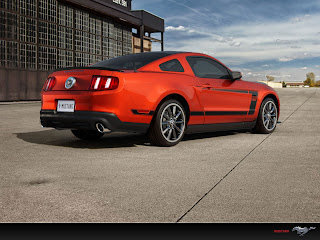
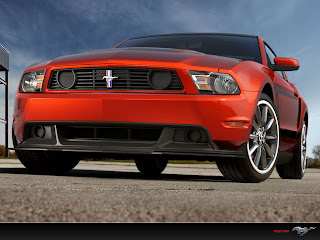

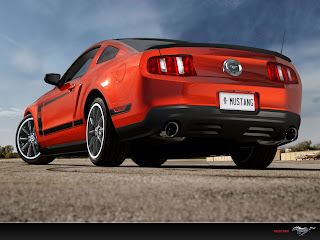

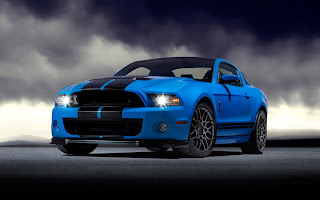



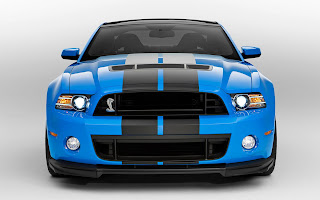


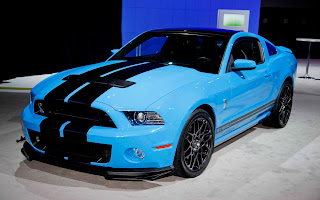
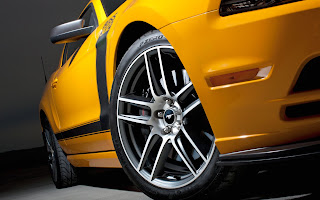

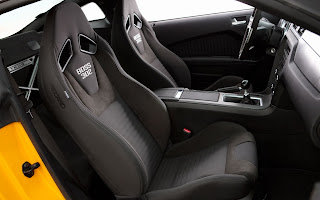
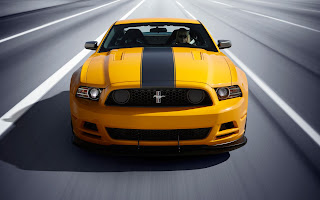







 >
>






















